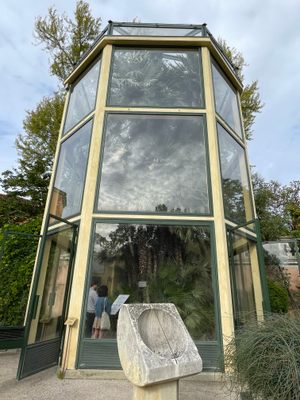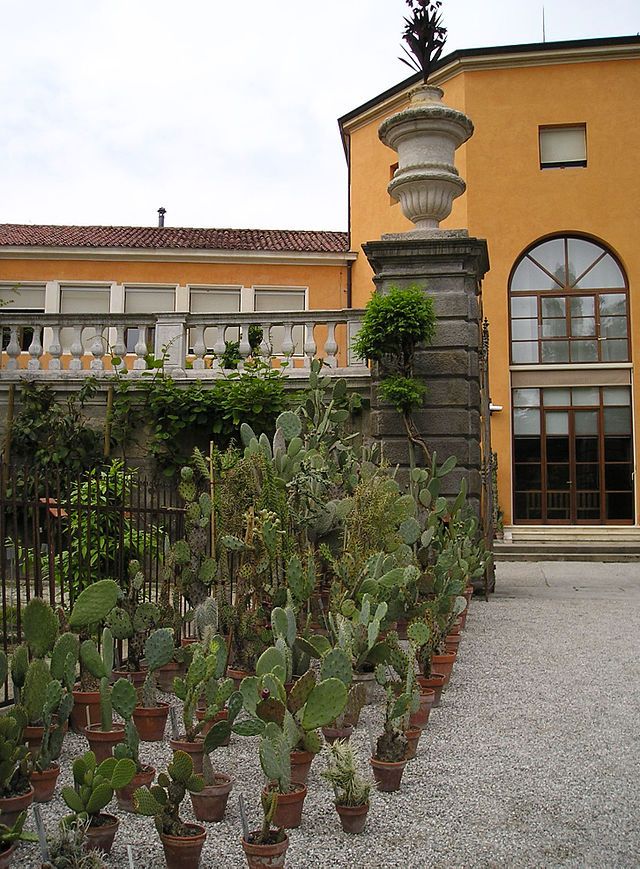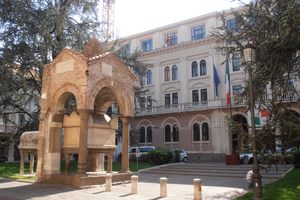About
With its original plot design dating back to its establishment in 1545, the Botanical Garden of Padua is arguably the earliest botanical garden in the world.
This title is arguable because really, it's a year younger than another garden in Italy. While the Orto Botanico di Pisa (Botanical Garden of Pisa) technically holds the distinction of being the oldest botanical garden still in existence, its history of relocation leaves room for Orto botanico di Padova to step in as oldest botanical garden on its original site-a distinction that some feel is nitpicking while others agree is important when it comes to established plants.
Its main use is, as it was at its conception, a center for scientific research. These gardens have played pivotal roles in major developments in the fields of medicine, ecology, chemistry, and of course, botany. Its gates have hosted the inspired minds of such scholars as Alberto Magno, the patron saint of natural sciences, and Giacomo Dondi Orologio, known for his masterful clock designs but also practiced medicine.
In 1545, the monks of Padua were already growing medicinal herbs, but Francesco Bonafede, Chair of Lectura Simplicium, wanted to lift this primitive science to a new level, and ordered the construction of a herbarium and botanical garden to assist in researching the relationship between nature and science. The gardens were created, and they have remained here century after century.
Today, the garden features over 6,000 species arranged both thematically and in a utilitarian format. Many are of some sort of medicinal properties, and many are extremely rare. The library is a treasure trove of historical significance, containing over 50,000 volumes and manuscripts, and the grounds are occupied by architecture and hardscaping that span four centuries.
Related Tags
Flavors of Italy: Roman Carbonara, Florentine Steak & Venetian Cocktails
Savor local cuisine across Rome, Florence & Venice.
Book NowCommunity Contributors
Added By
Published
July 28, 2013



































